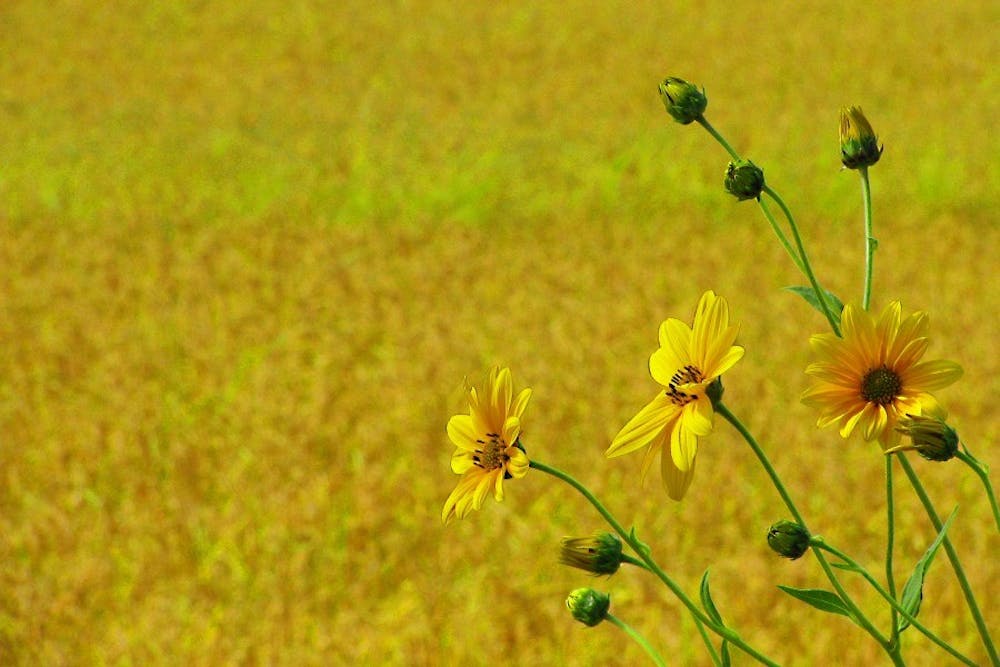Great Britton
By Britton Perelman, For The Miami Student
We hoisted ourselves one by one onto a ledge of Florence's Piazzale Michelangelo. Rachel and I helped each other up, laughing as we both failed at our first attempts. Katie stepped on a trashcan for assistance, and Hannah needed no help at all, thanks to her climbing skills. Behind us, a bronze copy of Michelangelo's David watched over the sprawling city, glowing in the night across the Arno.
Rachel turned to me, "Italy is more...yellow...than I was expecting." I don't know what I was expecting when she began her sentence, but now that she said it, it makes perfect sense.
Yellow is sunshine, happiness, optimism. It's the color of most buildings in Florence, with their faded shades or subtle pastels. Even our hotel, the converted convent Casa Santo Nome di Gesu, has a mustard exterior that stands out among the other yellow buildings lining Piazza del Carmine.
The morning after I arrived in Florence, when I could actually see everything's true colors in the weak sunlight, I was unimpressed. I had been imagining bright colors, like the villages of the Cinque Terre on the coast or the luscious landscapes I imagined for the rest of Tuscany. The Florence I saw at first was faded, its colors lackluster and muted.
But as I explored the cobblestone streets, I started to see more color than what appeared on the surface.
The buildings, seemingly plain, became surprisingly comforting, painted with different variations of yellow, some almost brown. All contrast nicely with the reddish-brown terracotta roofs, dark green window shutters, and the blue of the sky.
The green, white and pale pink of the Duomo, Cattedrale, and Baptistery stand out, mimicking the colors of the Italian flag. Towering statues - ancient giants carved from smooth, white marble - dominate the Piazza della Signoria. Centuries-old paintings hang on the walls of the Uffizi Museum, the colors still vibrant after so many years. Small squares of street art appear in alleys - Dante Alighieri, the Mona Lisa, Da Vinci - all painted with scuba masks, underwater.
Mounds of gelato in every color of the rainbow sit in glass cases, frozen, waiting for someone to come along and request a sugary treat. The stalls of the San Lorenzo market explode with patterned scarves, genuine leather and trinkets of every shape and size. A boar named Il Porcellino sits, flocked with tourists who rub his shiny gold snout for luck.
Mosaics are works of art, comprised of tiny pieces of glass or stone, shards of color. If you stand far enough back, the big picture appears. But, like so many things in life, it's essential to remember that mosaics would be nothing without the little details.
From a distance, Florence seems yellow. It's when you add up all the other elements, pieces of the beautiful mosaic, that it becomes so much more. Only when you get close enough can you see that each detail in Florence is full of color, full of life.




